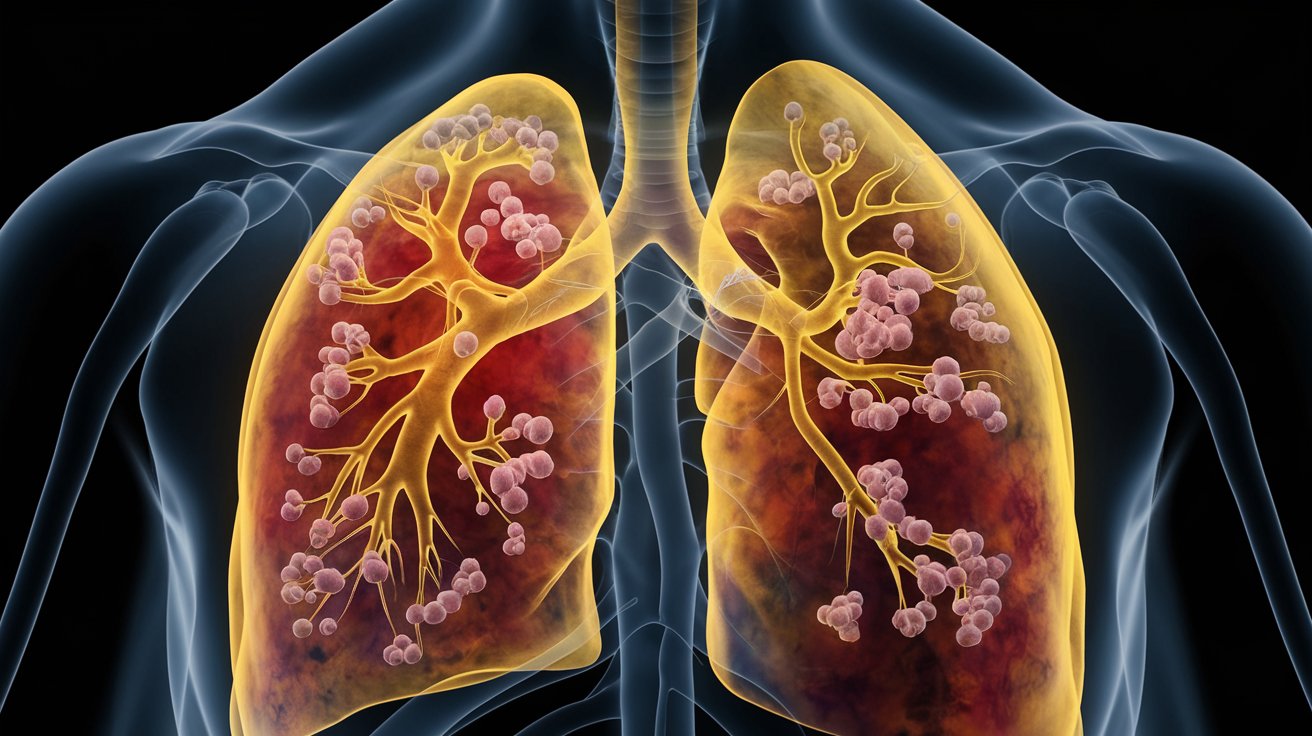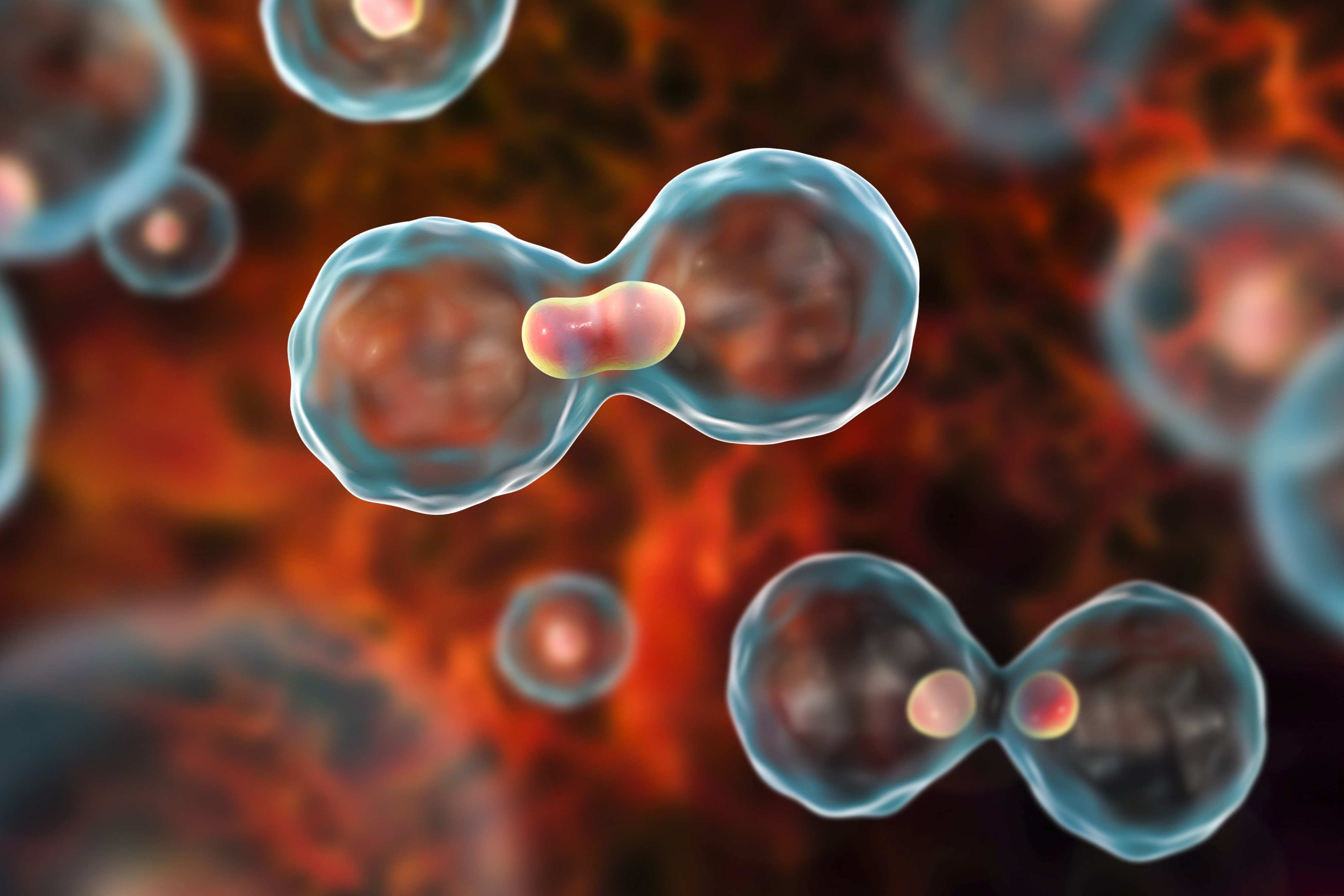
What is Hepatopulmonary Syndrome (HPS)? Hepatopulmonary Syndrome is a rare but serious lung condition linked to advanced liver disease. It involves the dilation of blood vessels in the lungs, leading to poor oxygen exchange and low blood oxygen levels. Affecting 5-32% of cirrhosis patients, HPS can cause symptoms like shortness of breath, which worsens when standing and improves when lying down. Diagnosis hinges on identifying liver disease, intrapulmonary vascular dilatation, and arterial hypoxemia. While supportive care like supplemental oxygen can help, the only known cure is a liver transplant, which typically reverses HPS within a year.
What is Hepatopulmonary Syndrome?
Hepatopulmonary Syndrome (HPS) is a rare but serious lung complication that arises from advanced liver disease. It involves the dilation of blood vessels in the lungs, leading to impaired gas exchange and low oxygen levels in the blood. Here are 35 key facts about HPS to help you understand this complex condition better.
-
Definition and Triad: HPS is defined by a triad of features: liver disease, intrapulmonary vascular dilatation, and arterial hypoxemia. This triad is crucial for diagnosing the condition.
-
Prevalence: HPS affects approximately 5-32% of patients with cirrhosis, making it a significant complication of liver disease.
-
Causes: The exact mechanism of HPS is not fully understood, but it is believed to result from the complex interaction between the liver, gut, and lungs.
-
Liver Disease Link: HPS is primarily associated with advanced liver disease, particularly cirrhosis. The liver dysfunction leads to portal hypertension, which in turn causes the dilation of blood vessels in the lungs.
-
Intrapulmonary Vascular Dilatation: The primary pathological feature of HPS is the dilation of blood vessels within the lungs. This dilation results in shunts that bypass the oxygenation process, leading to hypoxemia.
Symptoms and Diagnosis
Understanding the symptoms and how HPS is diagnosed can help in early detection and treatment.
-
Symptoms: Symptoms of HPS can be subtle and may include shortness of breath, which worsens when sitting or standing and improves when lying down. Other symptoms include clubbing of the fingers, spider angiomas, and cyanosis.
-
Asymptomatic Cases: Many patients with HPS are asymptomatic, leading to under-recognition and delayed diagnosis. This underscores the importance of screening patients with liver disease for pulmonary complications.
-
Diagnosis: Diagnosis of HPS involves assessing the alveolar-arterial oxygen gradient (AaDO2). A gradient of ≥15 mm Hg is typically used to diagnose clinically relevant HPS, although this threshold may vary based on age and other factors.
-
Diagnostic Tools: Common diagnostic tools include arterial blood gas analysis, pulmonary function tests, and imaging studies like CT scans or MRI to visualize the dilated blood vessels in the lungs.
-
Impact on Prognosis: HPS significantly affects the prognosis of patients with liver disease. It can lead to chronic respiratory failure and severe hypoxia, which can cause permanent damage to organs and tissues, including the brain and heart.
Treatment and Management
Treatment options for HPS are limited, but understanding them can help manage the condition better.
-
Treatment Options: Currently, the only known cure for HPS is a liver transplant. Liver transplantation generally reverses HPS within one year by correcting the underlying liver dysfunction and thereby improving pulmonary function.
-
Liver Transplantation Outcomes: Since the implementation of the model for end-stage liver disease (MELD) standard exception policy, outcomes for patients with HPS have significantly improved compared to the pre-MELD era.
-
Mortality Rates: Without a liver transplant, patients with cirrhosis and HPS have a poor prognosis, with an average life expectancy of two years. In contrast, patients with cirrhosis alone have an average life expectancy of seven years without a transplant.
-
Supportive Care: For patients with milder forms of HPS, supportive care such as supplemental oxygen may be necessary to manage symptoms. However, this is not a definitive treatment and does not address the underlying liver disease.
-
Historical Background: The first recorded description of low oxygen levels in the blood associated with liver dysfunction was by Flückiger in 1884. The term "hepatopulmonary syndrome" was coined by Kennedy and Knudson in 1977.
Pathophysiology and Research
The pathophysiology of HPS involves complex interactions between various organs and cells. Ongoing research aims to uncover more about these interactions.
-
Incidence in Liver Transplant Candidates: HPS affects 10-30% of patients evaluated for liver transplantation, making it a common pulmonary complication in this population.
-
Pathophysiology: The pathophysiology of HPS involves complex interactions between the liver, gut, and lungs. These interactions affect pulmonary endothelial cells, immune cells, and respiratory epithelial cells, leading to the characteristic pulmonary alterations seen in HPS.
-
Role of Nitric Oxide: Nitric oxide (NO) is believed to play a role in the pathogenesis of HPS by causing vasodilation of pulmonary blood vessels. This vasodilation contributes to the formation of shunts and impaired gas exchange.
-
Endothelin-1: Endothelin-1 (ET-1) is another factor implicated in the pathogenesis of HPS. ET-1 can cause vasoconstriction, but in the context of HPS, it may contribute to vasodilation and shunting.
-
Platelet-Derived Growth Factor: Platelet-derived growth factor (PDGF) has been suggested to play a role in the development of HPS by promoting angiogenesis and vascular remodeling in the lungs.
Clinical Observations and Case Reports
Clinical observations and case reports provide valuable insights into the presentation and management of HPS.
-
Placental Growth Factor: Placental growth factor (PIGF) is also implicated in the pathogenesis of HPS. PIGF can stimulate angiogenesis and contribute to the formation of dilated blood vessels in the lungs.
-
Vascular Endothelial Growth Factor: Vascular endothelial growth factor (VEGF) is another factor involved in the development of HPS. VEGF promotes angiogenesis and can contribute to the dilation of blood vessels in the lungs.
-
Clinical Observations: Clinical observations have shown that HPS is often associated with cirrhosis and portal hypertension. However, it can also occur in non-cirrhotic liver disease, although this is less common.
-
Case Reports: Case reports have documented instances of HPS responding to corticosteroid treatment for granulomatous hepatitis. However, this is not a standard treatment for HPS and is typically reserved for specific cases.
-
Reversibility with Liver Transplantation: Liver transplantation is known to reverse HPS in most cases. The improvement in pulmonary function post-transplantation is often rapid, with normalization of oxygen levels within one year.
Complications and Physical Findings
HPS can lead to various complications and physical findings that can help in its identification.
-
Chronic Respiratory Failure: Untreated HPS can lead to chronic respiratory failure, characterized by progressive worsening of shortness of breath and hypoxia. This condition can cause permanent damage to organs and tissues, including the brain and heart.
-
Hypoxia and Organ Damage: Severe hypoxia associated with untreated HPS can cause permanent damage to organs and tissues. This includes brain damage, which can lead to cognitive impairments and other neurological issues, as well as heart damage, which can lead to cardiovascular complications.
-
Cyanosis and Clubbing: Cyanosis (a bluish tinge of the lips and skin) and clubbing of the fingers are common physical findings in patients with HPS. These symptoms are due to impaired gas exchange and can be indicative of severe hypoxia.
-
Spider Angiomas: Spider angiomas, also known as spider nevi, are small, dilated blood vessels visible under the skin. They are often associated with liver disease and can be seen in patients with HPS.
-
Oxygen Therapy: Supplemental oxygen is often required to manage the symptoms of HPS. However, this does not address the underlying liver disease and is typically used as a supportive measure rather than a definitive treatment.
Guidelines and Future Directions
Guidelines and ongoing research aim to improve the diagnosis and management of HPS.
-
Portopulmonary Hypertension: Portopulmonary hypertension is another pulmonary complication associated with liver disease. It is characterized by high blood pressure in the pulmonary arteries and can be distinguished from HPS based on the presence of high pulmonary artery pressures.
-
Diagnostic Guidelines: Diagnostic guidelines for HPS include assessing the alveolar-arterial oxygen gradient (AaDO2) and performing imaging studies to visualize dilated blood vessels in the lungs. Arterial blood gas analysis and pulmonary function tests are also essential diagnostic tools.
-
International Guidelines: International guidelines for the diagnosis and management of HPS have been established by organizations such as the International Liver Transplant Society. These guidelines provide standardized approaches to diagnosing and treating HPS.
-
Research and Future Directions: Research into the pathogenesis of HPS is ongoing, with a focus on understanding the complex interactions between the liver, gut, and lungs. Future directions include developing targeted therapies to address the underlying vascular alterations in HPS.
-
Conclusion: Hepatopulmonary syndrome is a serious pulmonary complication of liver disease characterized by intrapulmonary vascular dilatation and impaired gas exchange. It affects a significant percentage of patients with cirrhosis and can lead to severe hypoxia and chronic respiratory failure if left untreated. The only definitive treatment for HPS is liver transplantation, which generally reverses the condition within one year. Understanding the pathophysiology and developing targeted therapies are critical for improving outcomes in patients with HPS.
Final Thoughts on Hepatopulmonary Syndrome
Hepatopulmonary syndrome (HPS) is a serious complication of advanced liver disease. It involves liver disease, intrapulmonary vascular dilatation, and arterial hypoxemia. Affecting 5-32% of cirrhosis patients, HPS can lead to chronic respiratory failure and severe hypoxia. Symptoms like shortness of breath, cyanosis, and clubbing of fingers often go unnoticed, making early diagnosis crucial. Diagnostic tools include arterial blood gas analysis and imaging studies. The only definitive cure is liver transplantation, which can reverse HPS within a year. Supportive care, like supplemental oxygen, helps manage symptoms but doesn’t address the root cause. Understanding the role of factors like nitric oxide and vascular endothelial growth factor in HPS can pave the way for targeted therapies. Awareness and timely intervention can significantly improve the quality of life for those affected by this complex condition.
Was this page helpful?
Our commitment to delivering trustworthy and engaging content is at the heart of what we do. Each fact on our site is contributed by real users like you, bringing a wealth of diverse insights and information. To ensure the highest standards of accuracy and reliability, our dedicated editors meticulously review each submission. This process guarantees that the facts we share are not only fascinating but also credible. Trust in our commitment to quality and authenticity as you explore and learn with us.


